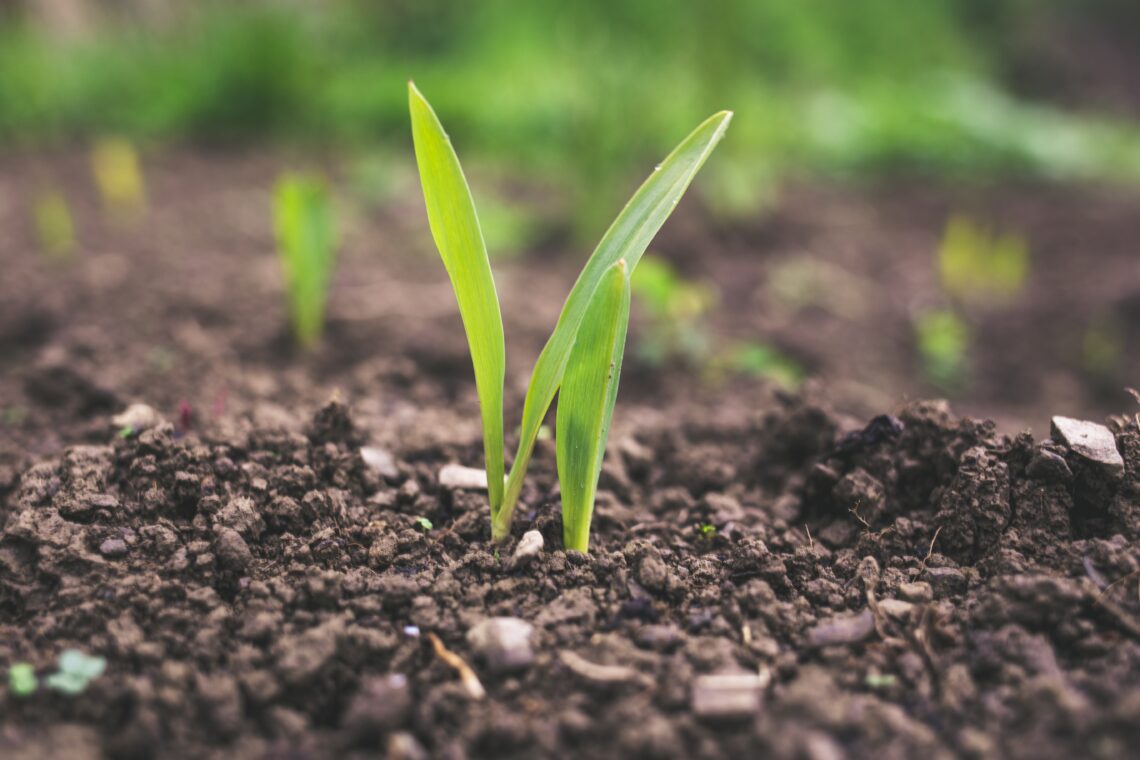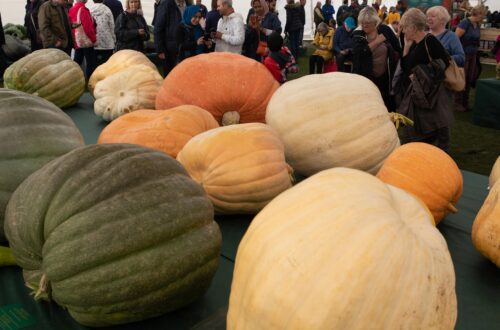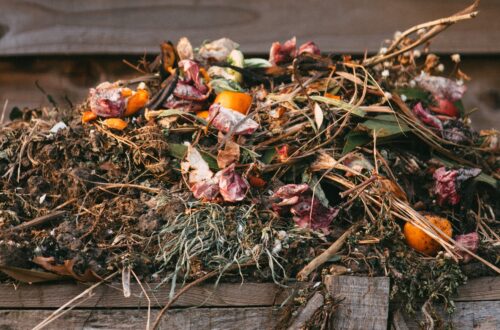As the leaves start to turn and the air carries that distinct crispness, it’s time to shift our gardening focus from summer blooms to the promise of spring. Autumn presents a golden opportunity to prepare your soil for next year’s growing season. With a little know-how and some elbow grease, you can set the stage for a lush and vibrant garden come spring. So, grab your gardening gloves and let’s delve into the art of preparing soil in autumn.
Clear the Debris
Before you get to the nitty-gritty of soil preparation, it’s essential to clear out the remnants of summer. Remove dead plants, weeds, and any organic matter that may attract pests or diseases. This step keeps your garden tidy and reduces the risk of overwintering pests and diseases.
I find this process rewarding. There is something rejuvenating about clearing the path for new growth before the winter. Reusing all this lovely organic matter is a great idea, but keeping your own compost heap. Although this can seem daunting, it is worth doing. Your crops will thank you, it saves having to dispose of all that ‘waste’ and you are helping continue the circle of life at a very local level.
Check out my article about keeping your own compost heap.
Test Your Soil
Understanding your soil’s composition is crucial for successful gardening. Invest in a soil testing kit or send a sample to a local agricultural extension office. This analysis will reveal your soil’s pH, nutrient levels, and any necessary amendments, allowing you to tailor your autumn preparations accordingly.
Full disclosure, I started taking this very seriously and forgot about it one season. That season I saw the same yield as in previous seasons. I learned that you should figure out what you are starting with, but not obsess over getting the absolutely perfect PH.
Amend the Soil
Once you have your soil test results, it’s time to amend the soil to correct any deficiencies. Common amendments include compost, well-rotted manure, and organic matter. Work these materials into the soil to improve its structure, fertility, and water retention. This will ensure your plants have the nutrients they need to thrive in the spring.
Mulch, Mulch, Mulch
Adding a layer of mulch in the fall is like tucking your garden in for a long winter’s nap. Mulch helps to maintain soil moisture, regulate temperature, and suppress weeds. It also gradually breaks down, adding organic matter to the soil. Use straw, leaves, or wood chips to create a protective blanket for your garden beds.
I wish someone told me this sooner. It really does seem to make a difference. I thought that adding brown leaves and grass cuttings to my soil in autumn would be worthless. Surely they just get blown about and make my border and raised beds look messy and unkempt.
However, adding mulch to your soil (after you have worked in some organic matter), really does make a difference to the composition of the soil. It saves money (no need to spread feed or compost) and helps to suppress weeds, so that come spring the soil is as ready as you are to help make plants and vegetables flourish.
Plant Cover Crops
Consider planting cover crops like clover or winter rye. These plants prevent soil erosion and improve soil health by fixing nitrogen. Come spring, you can turn them into the soil, providing a natural source of nutrients for your growing plants.
This is something my fellow gardeners with a lot of space swear by. If you have a large surface area this is a way of letting nature do your mulching for you. Rather than cover your soil with dead organic matter, let Mother Nature do its thing and cover it for you.
As I have a smaller growing space, this is not a method I have personally tried. However, I have seen the positive effects it can have on your soil.
Protect Against Pests
In the fall, pests are looking for cosy spots to overwinter. Keep your garden safe by removing hiding places such as fallen leaves, and consider applying organic pest control measures. Neem oil and diatomaceous earth are effective, eco-friendly options.
As long as I mindfully clear debris in September/October (in the UK), I have never had any issues with pests. It is something to be conscious of, as although it is your garden, you are not the only being enjoying its bounty. If you decide to go with the Mulch method (which I highly recommend)
Plan for Spring
Use this time to plan your spring garden. Research the plants you want to grow, create a layout, and make a list of necessary supplies. Planning ahead will help you hit the ground running when spring arrives.
Final Thoughts to Prepare Your Soil in Autumn
By following these steps to prepare soil in autumn, you’re setting the stage for a bountiful and vibrant spring garden. With dedication and a little hard work now, you’ll reap the rewards when the first green shoots emerge, and your garden bursts with life. This is a great alternative to extending your growing season and sowing autumn veg this time of year.
As with many things in the garden, you will not necessarily get instant results (other than clearing debris). However, when I started out, I spent lots of money on Compost and feed each year. As soon as I started following these tips, I have been able to save money, reuse materials in the garden and work with nature to ensure my soil is as healthy as possible. So, roll up your sleeves, get your hands dirty, and watch your garden flourish next spring!




